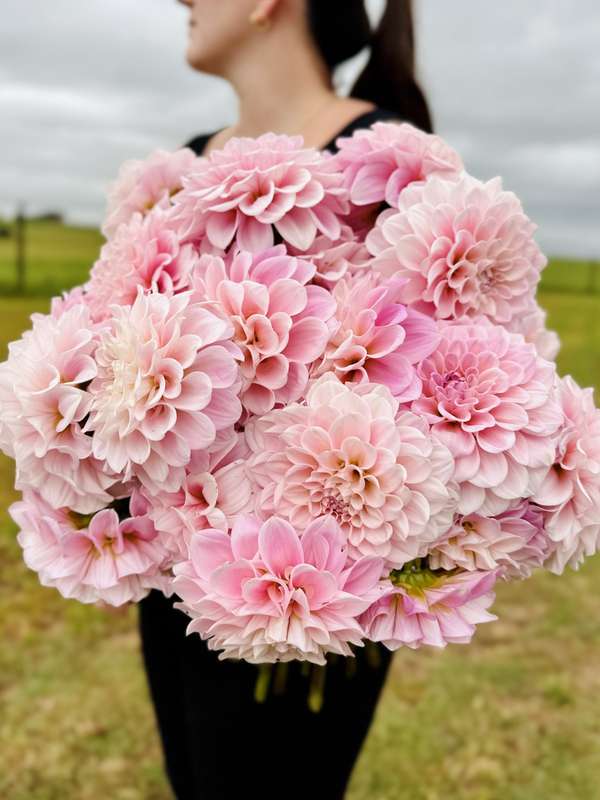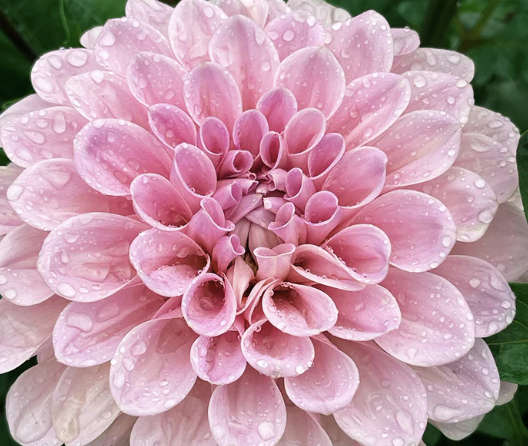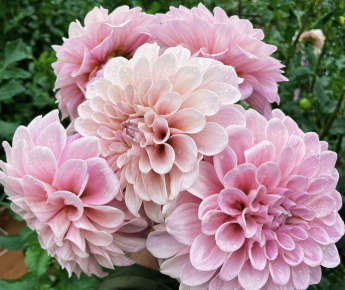





Dahlia - Sweet Nathalie
Check my rate
| Main centres: | 1-3 business days |
| Regional areas: | 3-4 business days |
| Remote areas: | 3-5 business days |






| Main centres: | 1-3 business days |
| Regional areas: | 3-4 business days |
| Remote areas: | 3-5 business days |
Sweet Nathalie is a beautiful formal decorative dahlia known for its rounded, creamy-pink petals and soft, romantic charm. The medium to large blooms have an elegant two-tone effect — gentle blush pink blending into creamy white — making it a favourite for both cut flower growers and garden lovers. With strong, productive stems and an abundance of blooms, Sweet Nathalie adds refined grace to any garden or bouquet.
Plant after the last spring frost, once soil temperatures reach a minimum of 15°C — usually from early to mid-September in most regions of South Africa.
Tuber Count: 1 (minimum one eye guaranteed)
Plant Height: ± 120 cm
Spacing Required: 45 cm
Light Requirement: Full Sun
Blooming Season: Summer through first frost
Staking Needed: Yes — due to tall growth and large blooms
Choose a well-draining, rich, organic bed or container with good drainage.
Loosen the soil to a depth of 30 cm, mix in compost and an all-purpose granular fertiliser.
Place the tuber with the eye or sprout facing upwards, ensuring the top of the tuber sits about 8 cm below the soil surface once filled in.
Firmly press the soil around the tuber and water well to eliminate air pockets.
If planting in containers, ensure there are sufficient drainage holes to prevent rot.
Don't overwater newly planted tubers. After the first watering, wait until shoots appear before watering again.
Keep foliage as dry as possible. Water deeply once or twice a week, allowing the top 2.5 cm of soil to dry between waterings.
Apply an organic, water-soluble fertiliser every 3—4 weeks until March, then stop feeding to allow the plant to begin dormancy.
Deadhead regularly to keep blooms coming. Snip off faded flowers just above a leaf node with clean, sharp scissors.
Harvest long stems for arrangements to encourage branching and more blooms. Dahlias may have a shorter vase life, but they are breathtaking in bouquets.
Dahlias don't grow true from seed. To preserve your plants, store or protect the tubers properly during winter.
In most parts of South Africa, tubers can overwinter in the ground. They'll rest until spring, then return with fresh new growth.
If you can't plant right away, store the tuber in a cool, dry, dark space. Avoid moisture to prevent rot.